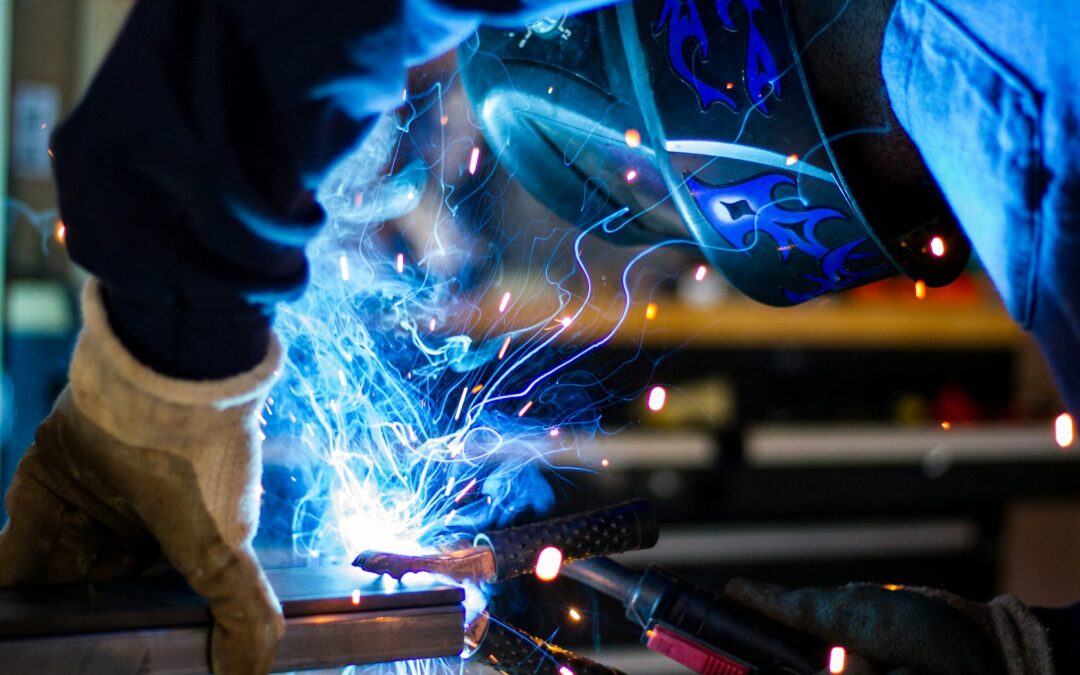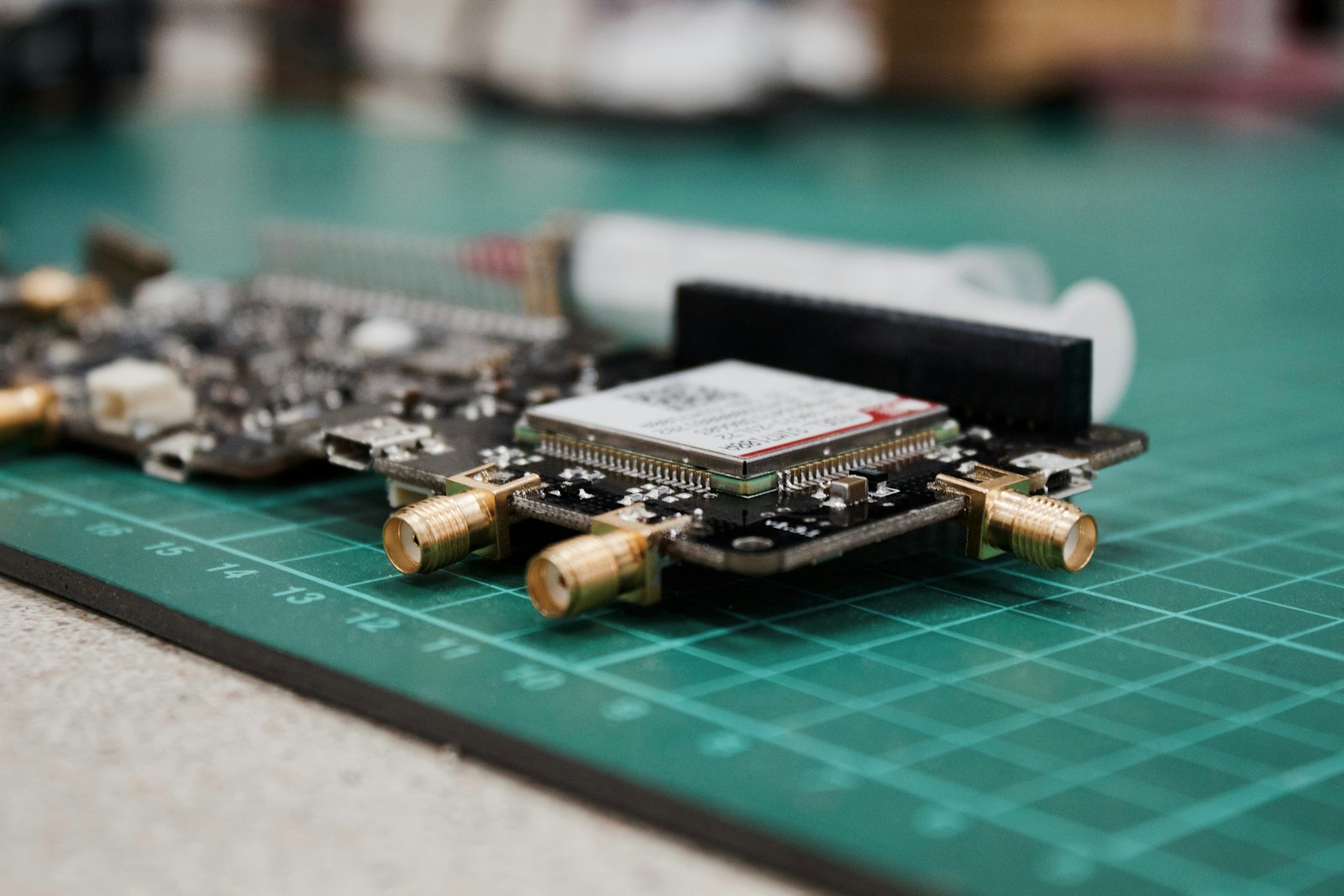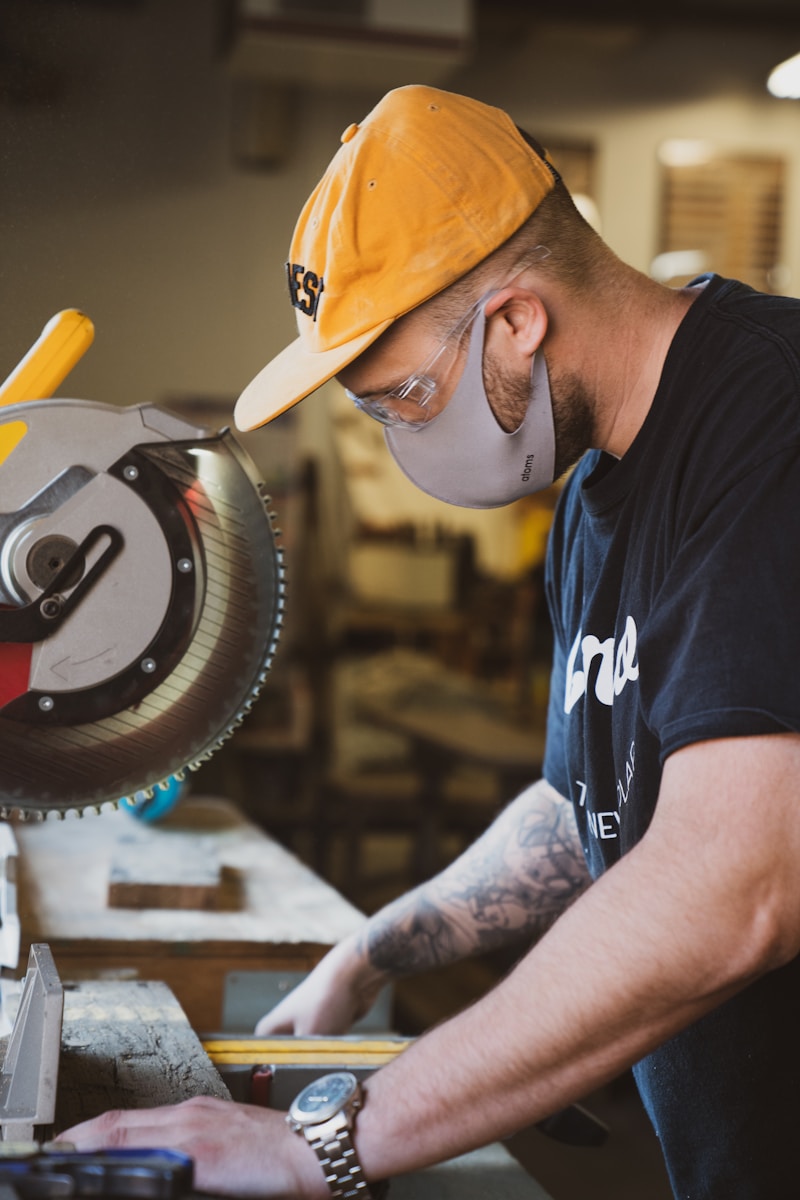How Predictive Maintenance Enhances Safety in Manufacturing Environments
Introduction to Predictive Maintenance in Manufacturing Safety
Predictive maintenance in manufacturing safety has emerged as a transformative approach to improving the operational efficiency and safety standards of industrial environments, especially in regions like Saudi Arabia and the UAE. By leveraging advanced technologies such as IoT sensors, data analytics, and machine learning, predictive maintenance allows manufacturers to monitor equipment health in real-time, predict failures before they occur, and schedule maintenance at the most opportune moments. This proactive approach not only reduces downtime but also significantly enhances the safety and working conditions within manufacturing plants.
In bustling industrial hubs like Riyadh and Dubai, where the drive for digital transformation is strong, predictive maintenance has proven to be a game-changer. By anticipating equipment failures, manufacturers can prevent accidents caused by unexpected malfunctions, thereby protecting workers and minimizing disruptions to production processes. For business executives and mid-level managers, implementing predictive maintenance is not just a cost-saving measure—it is a strategic investment in the safety and well-being of their workforce.
Furthermore, predictive maintenance aligns with the broader goals of Industry 4.0, which emphasizes the integration of smart technologies to create more efficient, responsive, and sustainable manufacturing processes. By adopting predictive maintenance strategies, companies in Saudi Arabia and the UAE can enhance their competitive advantage, meet stringent safety regulations, and support the overall vision of developing world-class manufacturing sectors.
Reducing Equipment Failures and Workplace Hazards
One of the most significant impacts of predictive maintenance in manufacturing safety is its ability to reduce equipment failures and associated workplace hazards. In traditional maintenance models, equipment is often serviced on a set schedule or after a failure has occurred, which can lead to unexpected breakdowns and unsafe working conditions. Predictive maintenance, on the other hand, uses data from connected sensors to monitor the performance and health of machinery continuously. This data-driven approach enables early detection of potential issues, allowing maintenance teams to address problems before they escalate into major failures.
In manufacturing plants across the UAE and Saudi Arabia, predictive maintenance has been instrumental in minimizing the risk of accidents caused by equipment malfunctions. For example, by monitoring the vibration, temperature, and wear patterns of critical machinery, predictive maintenance systems can identify signs of deterioration that could lead to catastrophic failures. By intervening early, maintenance teams can perform necessary repairs or replacements, ensuring that equipment remains in optimal condition and reducing the likelihood of accidents.
Additionally, predictive maintenance supports a safer working environment by reducing the need for emergency repairs, which often involve high-risk activities such as working in confined spaces or handling heavy equipment under pressure. By planning maintenance activities in advance, manufacturers can allocate the necessary resources, follow safety protocols, and conduct repairs in a controlled manner, further enhancing workplace safety.
Improving Working Conditions with Predictive Maintenance
Enhancing Worker Safety and Productivity
Predictive maintenance in manufacturing safety not only prevents equipment failures but also contributes to improved working conditions for employees. By minimizing unexpected disruptions, predictive maintenance allows for a more predictable and stable work environment, where employees can perform their tasks without the stress of sudden breakdowns or emergency repairs. This stability is crucial for maintaining high levels of productivity and morale among the workforce.
In regions like Riyadh and Dubai, where manufacturing is a key economic driver, the ability to ensure a safe and efficient work environment is essential for attracting and retaining skilled labor. Predictive maintenance helps achieve this by reducing the frequency and severity of incidents that can compromise worker safety. For example, by monitoring the air quality, noise levels, and other environmental factors within the plant, predictive maintenance systems can alert management to conditions that may pose health risks, enabling timely corrective actions.
Moreover, predictive maintenance enhances productivity by reducing the downtime associated with equipment repairs. In a traditional reactive maintenance approach, unplanned downtime can significantly disrupt production schedules, leading to missed deadlines and increased costs. Predictive maintenance, however, allows for maintenance activities to be scheduled during off-peak times or planned shutdowns, minimizing the impact on production. This approach not only keeps equipment running smoothly but also ensures that employees can work without interruptions, boosting overall productivity.
Supporting Compliance with Safety Regulations
Compliance with safety regulations is a critical aspect of manufacturing operations, and predictive maintenance in manufacturing safety plays a vital role in helping companies meet these requirements. In Saudi Arabia and the UAE, where regulatory standards are stringent and continuously evolving, maintaining compliance is essential for avoiding penalties, protecting employees, and maintaining a positive reputation in the industry. Predictive maintenance supports compliance by providing detailed insights into equipment performance, maintenance activities, and potential risks, allowing manufacturers to proactively address safety concerns.
For instance, predictive maintenance systems can generate reports on the condition of machinery and the effectiveness of maintenance actions, which can be used to demonstrate compliance with safety standards during audits. By maintaining accurate records of equipment health and maintenance activities, manufacturers can provide evidence that they are taking proactive steps to ensure a safe working environment. This not only supports regulatory compliance but also builds trust with employees, customers, and stakeholders.
Furthermore, predictive maintenance helps companies stay ahead of regulatory changes by enabling them to adopt best practices in safety management. As new regulations emerge, predictive maintenance systems can be updated to reflect the latest standards, ensuring that manufacturers are always in line with current requirements. This adaptability is crucial for maintaining a competitive edge in the rapidly evolving manufacturing landscape of Saudi Arabia and the UAE.
Conclusion: The Strategic Value of Predictive Maintenance in Manufacturing Safety
In conclusion, predictive maintenance in manufacturing safety offers a powerful solution for enhancing the safety and working conditions within industrial environments. By leveraging real-time data, advanced analytics, and proactive maintenance strategies, predictive maintenance not only reduces equipment failures and workplace hazards but also supports a more stable and productive work environment. In regions like Saudi Arabia and the UAE, where the pursuit of operational excellence and worker safety is paramount, predictive maintenance is a strategic tool that aligns with the broader goals of digital transformation and Industry 4.0.
For business leaders, mid-level managers, and entrepreneurs, investing in predictive maintenance is not just about improving equipment reliability—it is about creating a safer, more efficient, and more sustainable manufacturing operation. As the manufacturing sector continues to evolve, the adoption of predictive maintenance will be essential for meeting the challenges of the future and driving continued success in the competitive global market.
—
#PredictiveMaintenance, #ManufacturingSafety, #IndustrialIoT, #DigitalTransformation, #SmartFactories, #SaudiArabia, #UAE, #WorkplaceSafety, #OperationalEfficiency, #DataAnalytics








